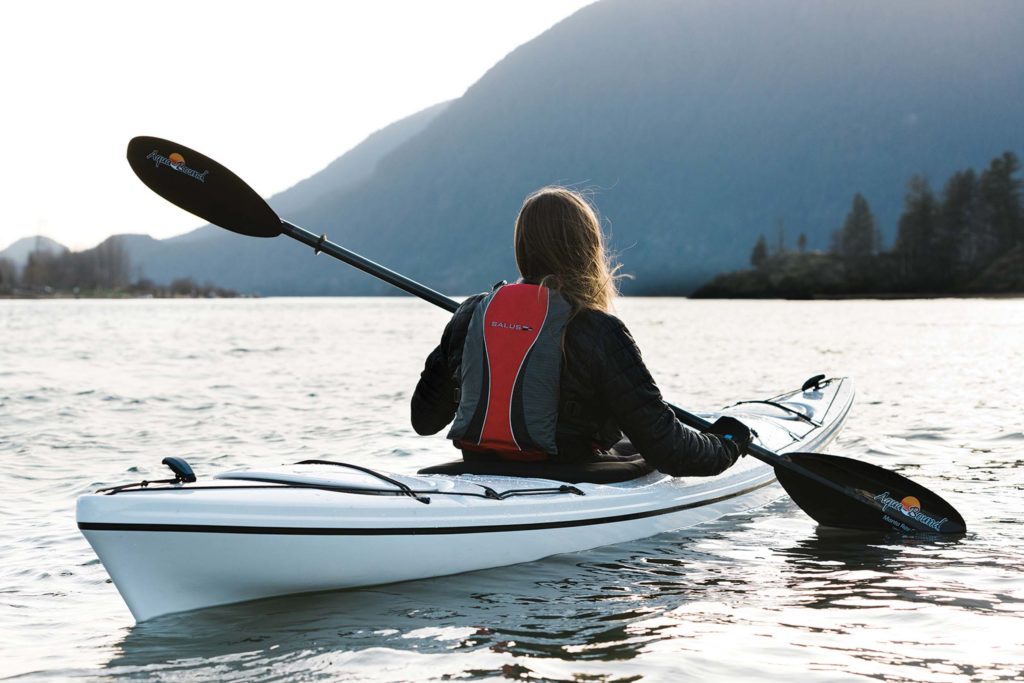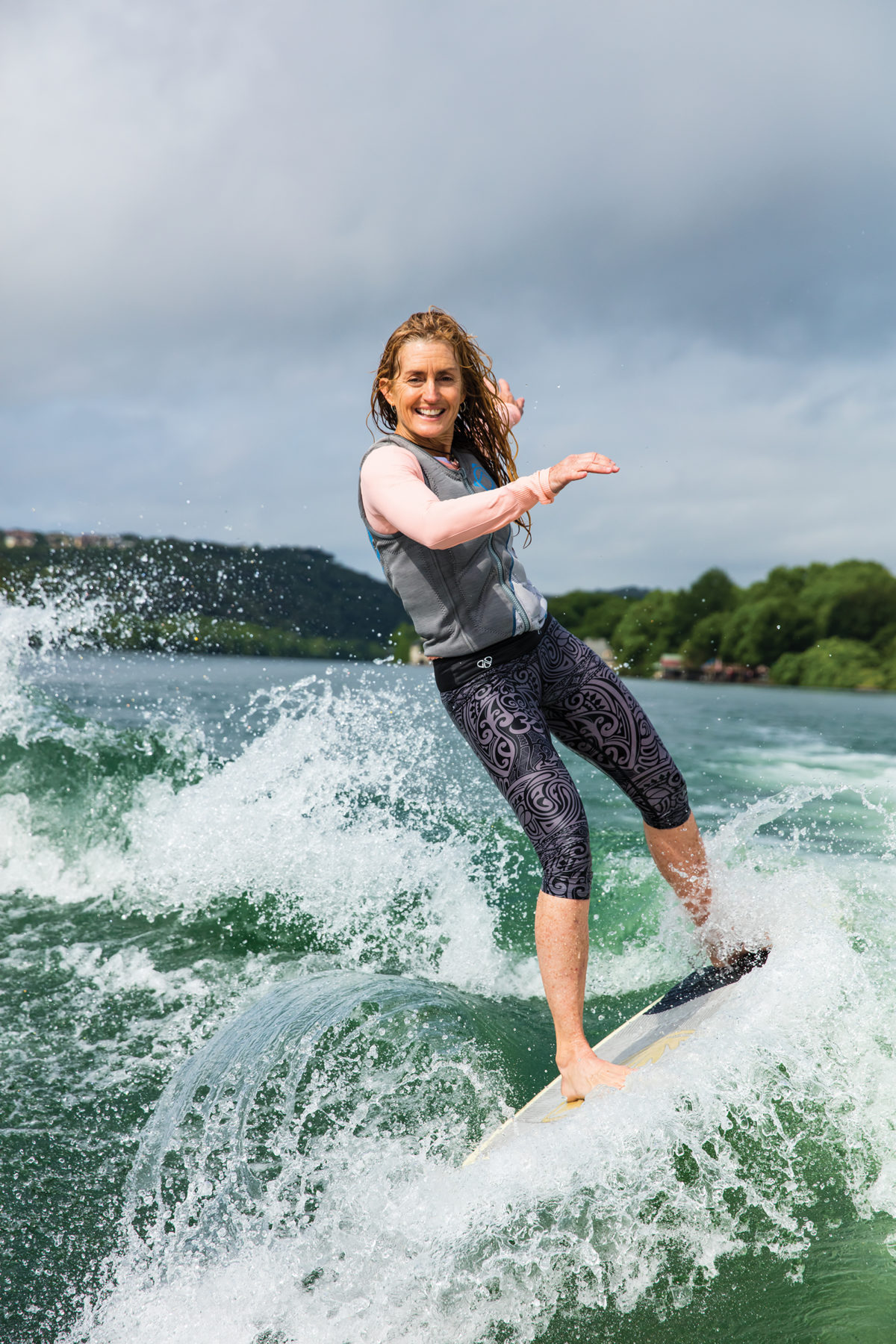Finding Your Dopamine

Five years ago, I began suggesting to my colleagues that, within the next several years, conversations around the topic of mental wellness would begin to be as “socially acceptable” as the ones about physical wellness. As someone who has been involved in the wellness industry my entire life, I could sense the change was an overdue one.
“What did you do at the gym today?”
“Who is your personal trainer?”
“I gotta go get a run in before I go to work.”
“I want to be able to bench press another twenty pounds.”
“Can you help me lose ten to fifteen pounds?”
Questions and statements similar to these that align with our physical health have never had stigma with our family and friends. But talking about our mental health, the conversations taking place inside our heads, the need for a new therapist, and it was a completely different story.
The trend toward removing judgment and shame from topics around mental health is a game changer. It’s refreshing to see mental fitness become as important, and as much a topic, in our society today as physical fitness.
Mental wellness became a talking point in our home when I lost one of my best friends in an accident. She had always been the kind to take time to herself on the water. I always wondered what it was about the water that drew her in so often and so intensely.
She was a first responder and what I realized after her accident was that she was turning to time in nature to reset her mind, release her tension, and unlock her emotions. I went on a quest to better understand the science of her utilization of water and being on the lake as a form of therapy to herself and others, including myself.
That pursuit led me to a friendship with Wallace J. Nichols — or J as he’s known to his friends. J is the author of “Blue Mind,” and has spoken on behalf of our foundation, Operation Get Out, on several occasions. The collection of science and validation he shares supporting water as a therapeutic and mood-boosting opportunity is not only refreshing, but exciting.
We’ve strategically shared it with hundreds of first responders, nurses, military and surviving families through Op Get Out as we have immersed not only in verbally sharing the data and mission, but also physically taking individuals out and intentionally sharing the therapeutic benefits of activity on the water.
I’m forever grateful to J for providing the backbone and validation of what we do philanthropically. However, as a mom and wife, I’m even more grateful for him providing me with a tool that I’ve been able to share and utilize with my family.
“One of the greatest gifts you can give your children is water,” I once heard J share in his soft, easy-going way of delivering his content. I grew up on the water. Not because my parents were wealthy, but because my dad loved it out there. It was this lifestyle that afforded me the opportunity to grow as a competitive water sports athlete throughout my life. When I had my own kids, I thought their use of water would be the same – skiing, barefooting, wake surfing, paddling, boating, or whatever the water led them to do.
It wasn’t until our oldest was moving into his first dorm room in his freshman year at Embry Riddle in Prescott, Arizona that I truly grasped the meaning J was communicating about gifting our children with water. As all parents experience with their first kid moving off to college, there was that bittersweet emotion as we all first walked into his dorm.
“Which side are you going to choose?” We asked as the three of us stood in the doorway with bags, boxes and goodies in hand, staring at a bunk bed and desk to the left and a matching set on the right. I’d be lying if I didn’t say there weren’t tears in my eyes and a shake to my voice.
He plopped down at a desk tucked deep within the space below the bed. He turned right to look out the window. Then, he rolled the desk chair to the opposite side of the room, bellied up to that desk, and turned left to look out the same window.

“I’m taking that side,” he very decisively exclaimed, rolling back to that first side of the room. My husband and I locked eyes, wondering what in the world made one side any different from the other since they both were sterile, basic, boring spaces. And the “chosen” side had less privacy the way the door opened — hadn’t he considered that?
“What’s the difference?” My unfiltered self questioned before considering the fact that life decisions were his now, and Momma didn’t need to be making them for him.
“Look,” he quickly answered without any hesitation. “You can see the water from here.”
And he was correct. From the left side of the room, sparkling from the sides of the granite landscape was Watson Lake, one of the only waterways in Prescott.
Through the science of “Blue Mind,” we know that being in, near or on the water increases all the “feel good” hormones: adrenaline, dopamine and serotonin. And conversely, it decreases the stress hormone, cortisol. Leaving my son for his first year of college with a view of the water, something he knew would give him comfort in times of adversity or strife, gave me more peace of mind than anything else could.
It’s a tough time to raise children. I know that’s an understatement for many. However, conversations around mental health and mood are now quite common in our household. From early on, I’ve attempted to help our kids be aware of what naturally gives them their mental “feel good.” When one of our boys comes to me stressed out, in a bad mood or calls home saying their mind is not in a good place, we go through that list of what we affectionately refer to as “giving them their dope” (dopamine).
My goal is for them to have a natural, mental wellness toolbox that they can dip into when they need it. To first try utilizing what is accessible and natural to improve their mood, reset their mind or release what’s worrying or stressing them.
Nature, water, community, a good hike, paddle, run or workout – it’s a very personal list, but one that is important to know and utilize. And more importantly, as a supporting family member, partner or community, encouraging others to take something that historically may have been perceived as selfish intent can now be encouraged as an intentional means for positive mental and mood-boosting factors.
What’s your dope?
About the Author

Cindy is a native Austinite with a lifelong pursuit of providing experiences to individuals that positively affect mind, body and spiritual fitness. She is director of fitness and water Sports at Lake Austin Spa Resort, co-founder of Operation Get Out and Get Out Girl, and an ambassador of Blue Mind Life. Cindy has a full resume of podium results in Ironman full and half distances, Xterra, marathons, paddleboarding, waterskiing and adventure racing.






